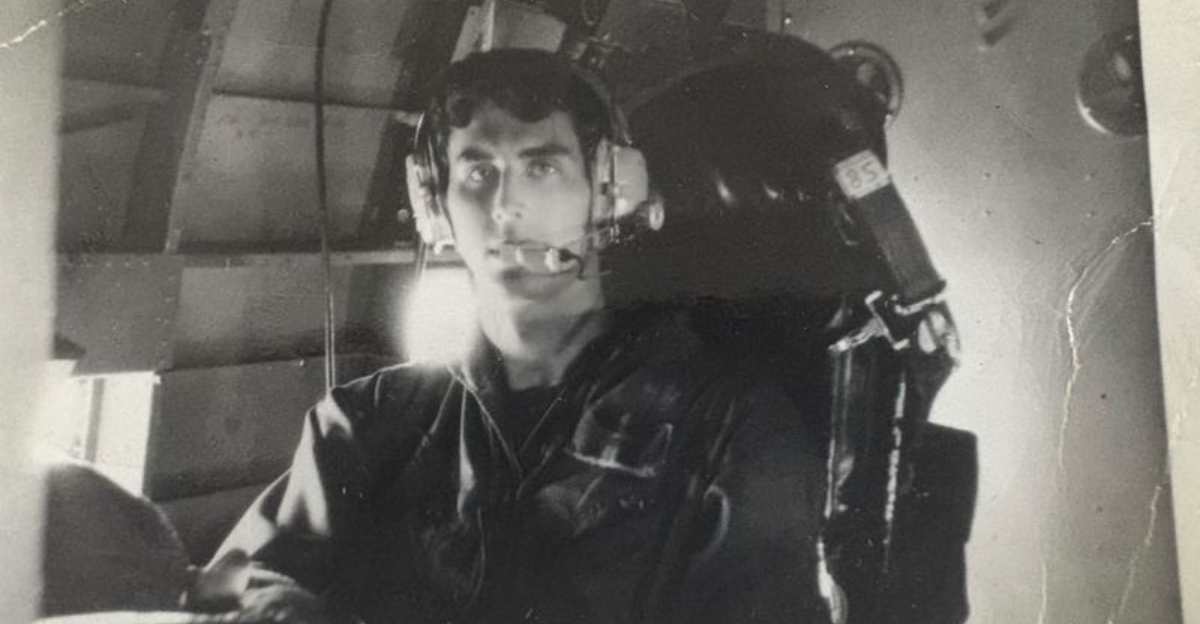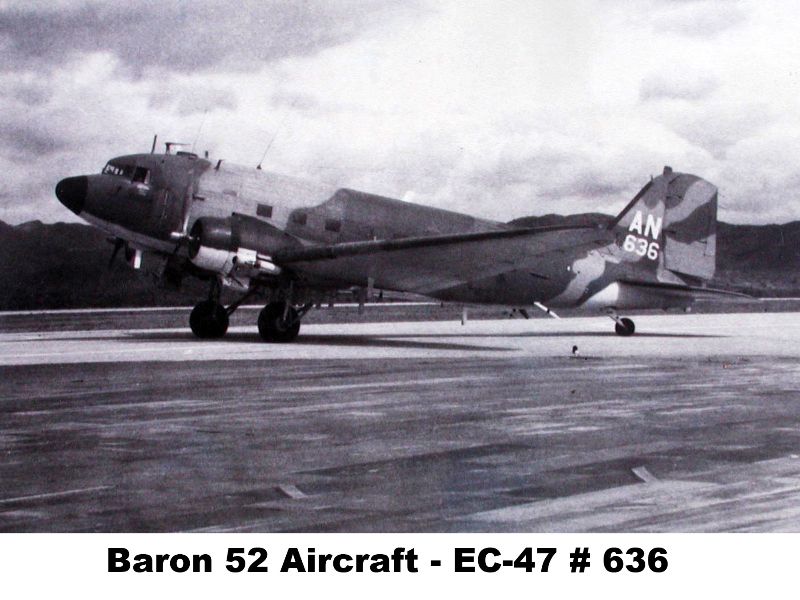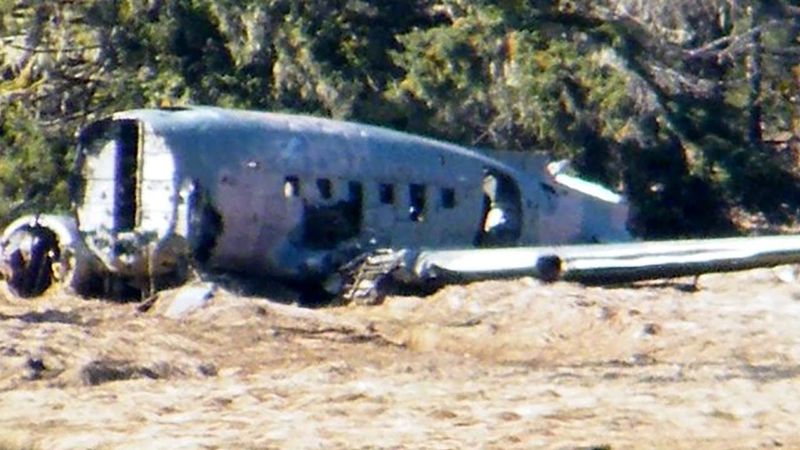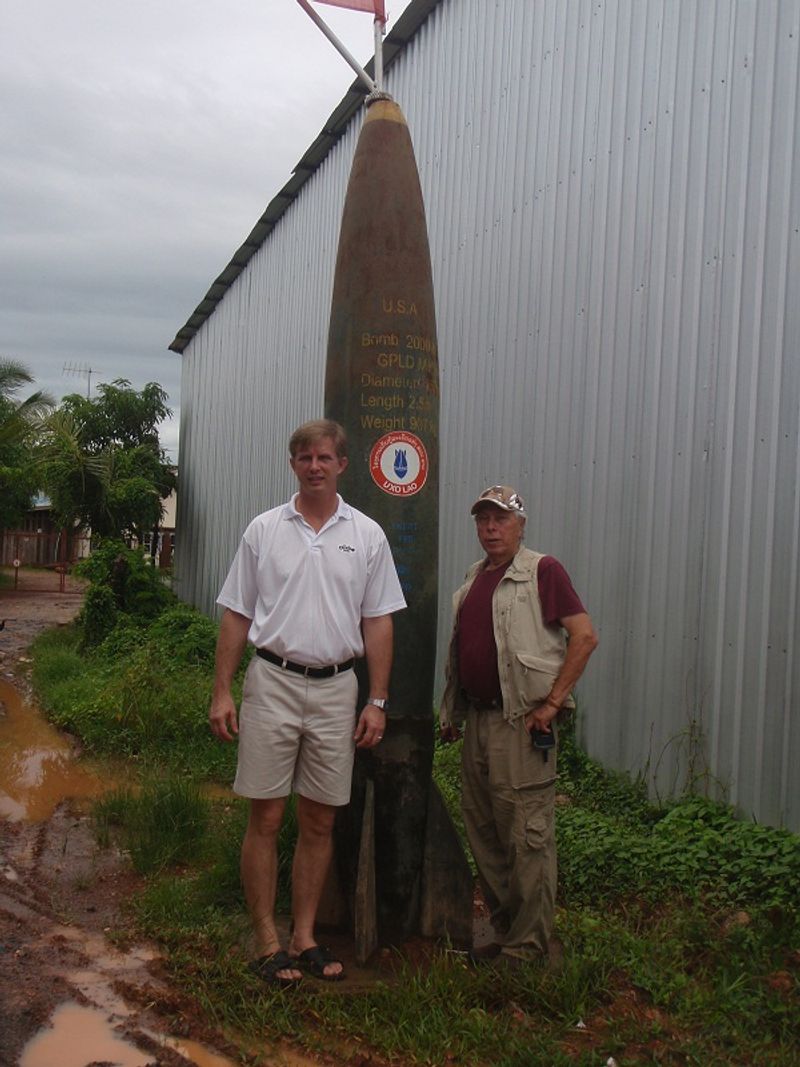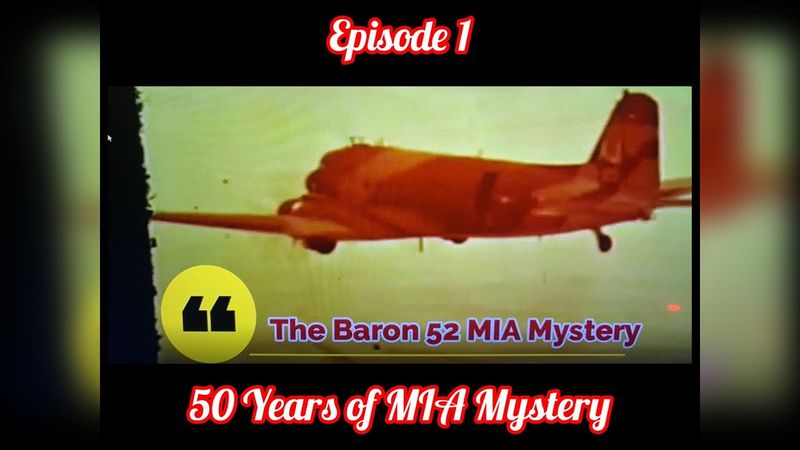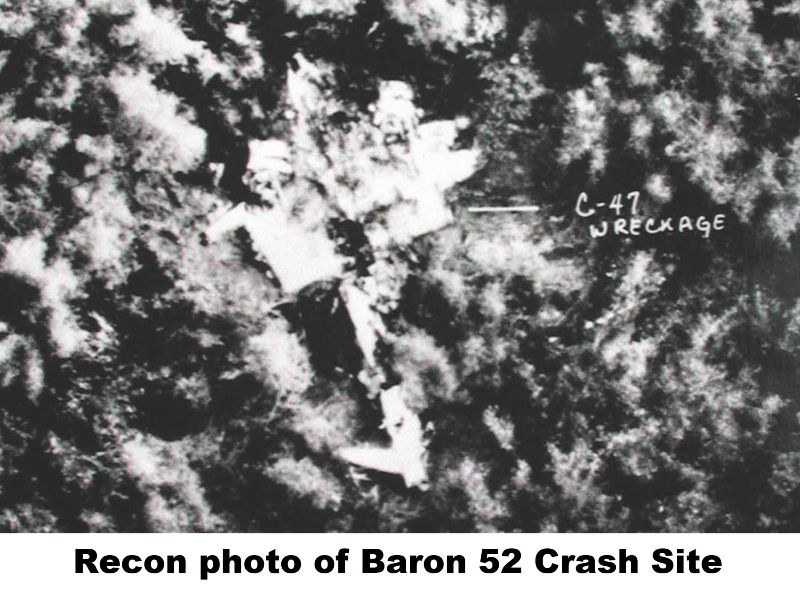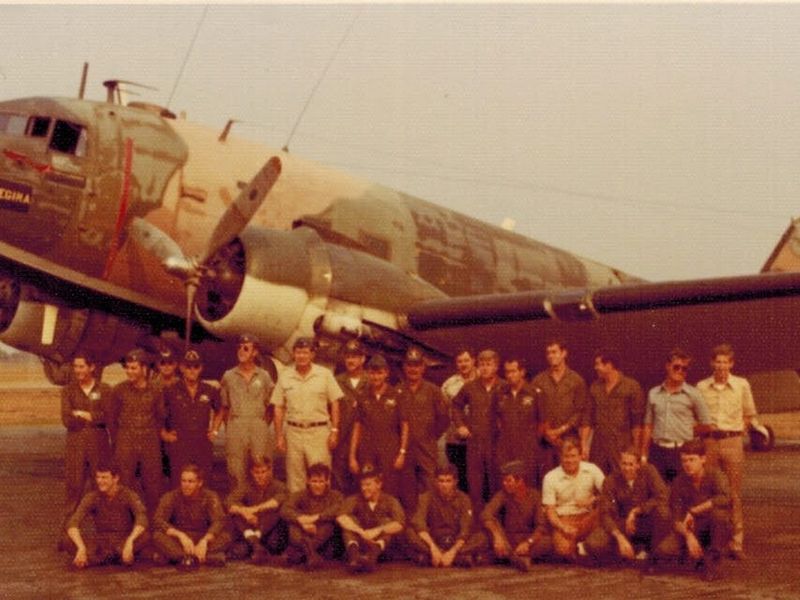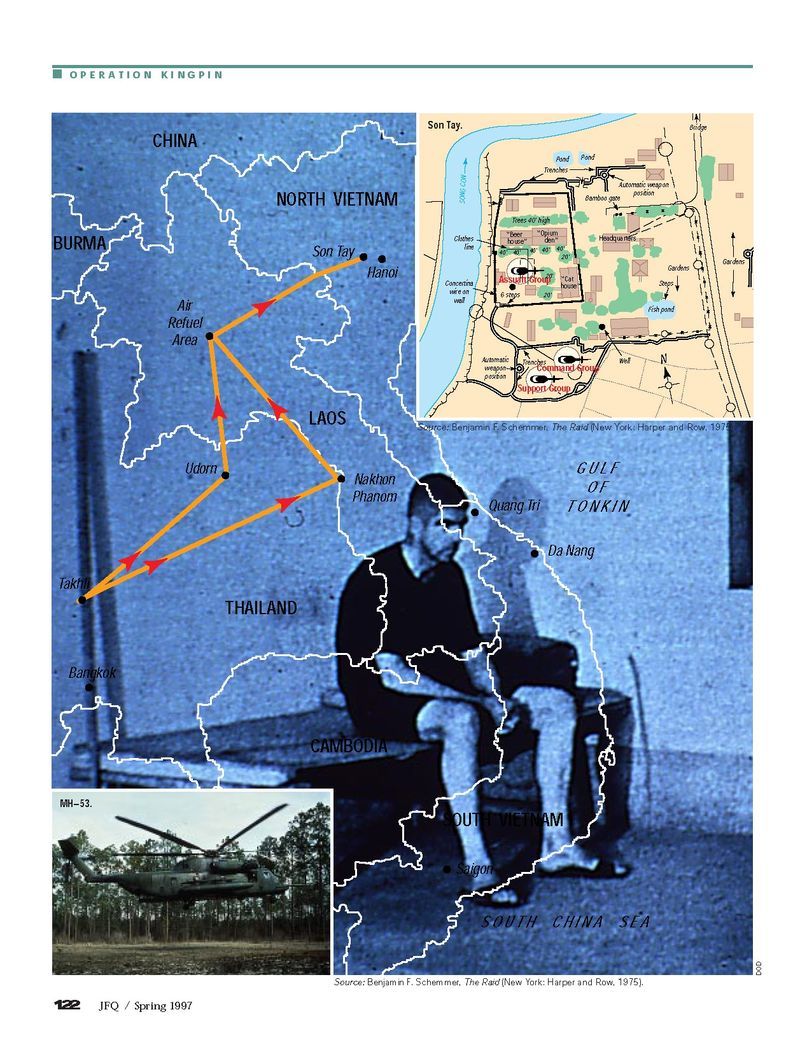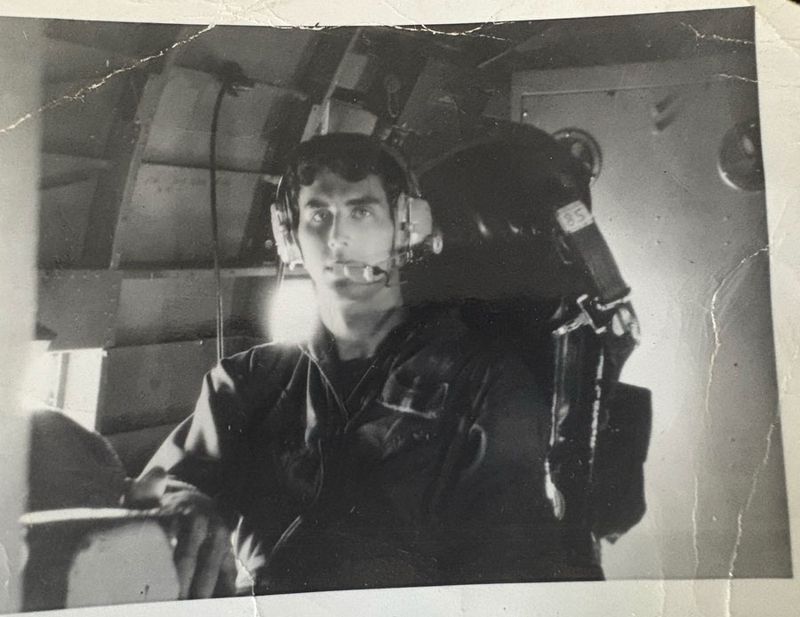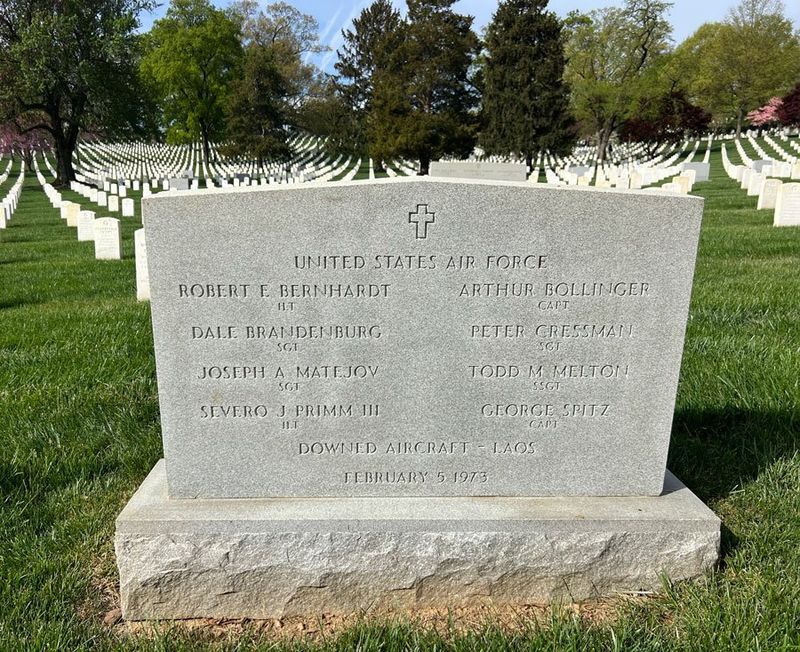Deep in the jungles of Laos, a military aircraft known as Baron 52 vanished during the final days of the Vietnam War, creating one of the most haunting mysteries of the conflict.
The fate of four crew members remains unknown to this day, despite evidence suggesting they may have survived the crash.
What happened to these men after their aircraft went down has sparked decades of controversy, investigations, and heartbreak for families still searching for answers.
1. The Flight Was Top Secret
Baron 52 wasn’t just any military plane—it was an EC-47Q aircraft disguised as a regular transport but packed with sophisticated eavesdropping equipment. The crew’s mission involved intercepting enemy radio transmissions in the skies above Laos.
As part of Project Phyllis Ann, these airmen were essentially flying spies, gathering critical intelligence that could save American lives on the ground. Their work was so classified that many didn’t know the true nature of their assignments.
Even family members were kept in the dark about what their loved ones were actually doing in Southeast Asia.
2. It Crashed Just After the Ceasefire
Timing is everything in this mystery. Baron 52 went down on February 5, 1973—mere days after America had officially declared an end to combat operations through the Paris Peace Accords.
The aircraft’s presence in a war zone after peace was declared raised uncomfortable questions. Why was a surveillance mission still active? Were operations continuing despite official agreements to withdraw?
This awkward timing meant that any rescue or recovery efforts would potentially violate the very peace agreement America had just signed, creating a diplomatic nightmare.
3. Four Bodies Were Recovered—Four Weren’t
Search and rescue teams eventually located the wreckage in the dense Laotian jungle. Inside the cockpit area, they made a grim discovery: the remains of four crew members who had been operating the aircraft.
Strangely, the other four men—all intelligence specialists who worked in the rear compartment—were nowhere to be found. No bodies, no personal effects, nothing to indicate their fate.
This partial recovery created an immediate mystery. Had they been captured? Did they perish elsewhere? The absence of physical evidence meant families had no closure.
4. Parachutes Tell a Different Story
Among the wreckage, investigators noticed something peculiar—several parachutes were missing from their storage compartments. This wasn’t just an interesting detail; it was potentially game-changing evidence.
Military experts concluded that the back-end crew members likely had time to grab their chutes and bail out before impact. Some reports even mentioned sightings of multiple parachutes descending through the clouds that fateful day.
If true, this meant the missing men might have survived the initial crash, opening up questions about their fate on the ground in hostile territory.
5. Mysterious Distress Signals Emerged
Weeks after the crash, something extraordinary happened. U.S. listening posts reportedly intercepted emergency radio signals coming from the crash area—signals using codes that only American airmen would know.
These weren’t random transmissions. They followed protocols taught to aircrews for exactly this type of situation: capture in enemy territory.
Intelligence analysts who reviewed these signals believed they came from surviving crew members of Baron 52, suggesting at least some of the men were alive and attempting to communicate their location and status to potential rescuers.
6. Families Caught in a Web of Contradictions
For loved ones waiting at home, the nightmare only deepened. Officials initially told families that all eight crew members had died in the crash, despite having no evidence for half the crew.
Later briefings changed the story, sometimes suggesting the men might be prisoners, other times declaring them killed in action without explanation. Wives and parents received conflicting information from different military branches.
These inconsistencies led many families to believe the government wasn’t being truthful about what really happened to Baron 52’s crew—a suspicion that would grow over decades.
7. Denials From Southeast Asia Raised Eyebrows
Government officials from Laos and Vietnam repeatedly insisted they held no American prisoners after the official exchanges. Their flat denials came despite mounting evidence to the contrary.
Refugee reports, satellite imagery, and intelligence gathered from defectors all suggested some Americans remained in captivity. The Baron 52 crew potentially represented just a fraction of hundreds of unaccounted-for servicemen.
Many military intelligence experts found these blanket denials suspicious, especially since both countries restricted access to crash sites and potential prison locations for decades after the war ended.
8. Case Closed Without Closure
After years of pressure from families and veterans groups, the U.S. government made a decisive move in the 1990s. Officials formally declared the missing airmen dead, citing what they called “conclusive evidence.”
Yet strangely, this evidence was never fully disclosed to families or the public. No remains were recovered, no crash site artifacts were presented that could account for all eight men.
Critics viewed this as an administrative closure rather than a factual resolution—a way to move past uncomfortable questions about whether men were left behind after the war.
9. The Fight for Truth Continues
Decades have passed, but the quest for answers hasn’t dimmed. Veterans who served alongside the Baron 52 crew have formed advocacy groups dedicated to uncovering the truth.
Former intelligence officers have come forward with previously classified information suggesting a cover-up. Some have risked careers and reputations to challenge the official narrative.
Family members, many now elderly, still maintain websites and archives of evidence, refusing to let the memory of their loved ones fade away or accept explanations that don’t address all the contradictions in the case.
10. An Unresolved Chapter in Military History
Baron 52 has become more than just another war casualty—it’s now a symbol of the unfinished business of the Vietnam conflict. Military academies study the case when teaching about accountability and the ethical obligations owed to service members.
Historians point to the incident as an example of how Cold War politics sometimes overshadowed humanitarian concerns. The story resonates beyond the families directly affected.
For many Americans, especially those who served, the mystery of Flight Baron 52 represents all the unanswered questions from a complicated war that still haunts our national consciousness.
